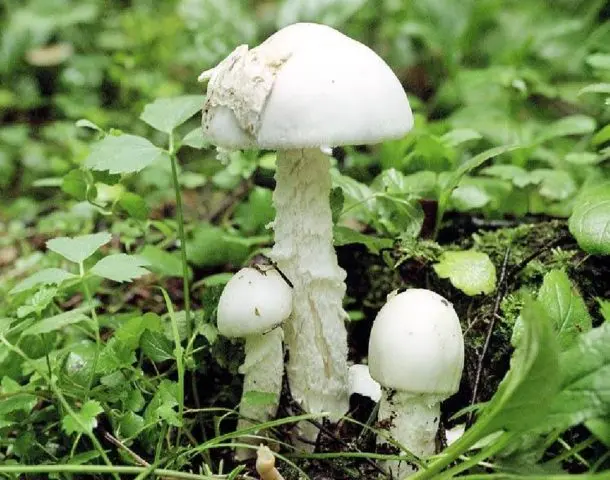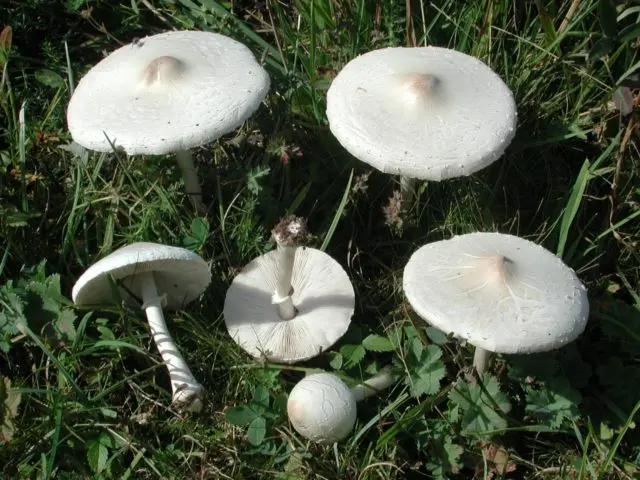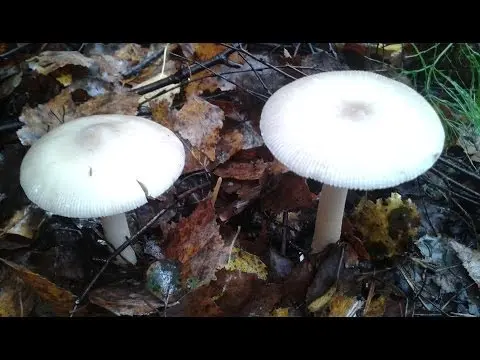Contents
The white float belongs to the genus Amanita, but is considered edible and even useful. However, the mushroom looks like poisonous twins, therefore it is not very popular with mushroom pickers.
What does a white float mushroom look like
There are several varieties of floats, and white and snow-white are different mushrooms, but both are conditionally edible. The white float belongs to the department of Basidiomycetes (Basidiomycota), the genus Fly agaric (Amanita) and has several names:
- edible fly agaric;
- pusher;
- white form of gray float;
- Agaricus sheathed var. white
- outdated ones are Amanita alba, Amanitopsis albida and Amanitopsis vaginata var. alba.
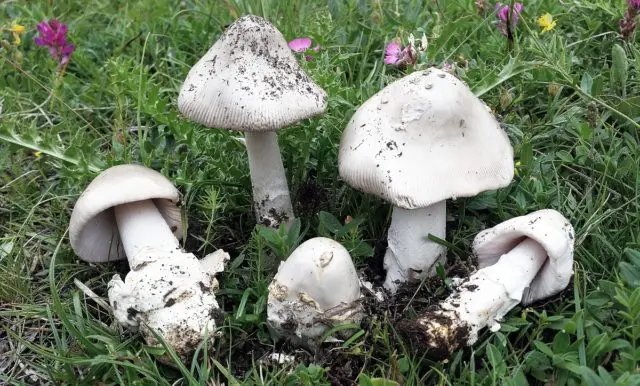
The white relative of the poisonous red fly agaric is born from a protective sac – the vulva, which does not disappear when it breaks, remaining at the base of the mushroom stem all the time of its life.
Cap Description
Like all floats, a young albino first has an egg-shaped cap, then in the form of a bell, turning into a semicircular or prostrate as it grows, sometimes with a tubercle in the center. Reaches a diameter of 10-12 cm.
Ribbed edges, grooves are characteristic of all edible representatives of the genus. Sometimes you can see white flakes on the edges – these flaps are the remnants of the vulva.
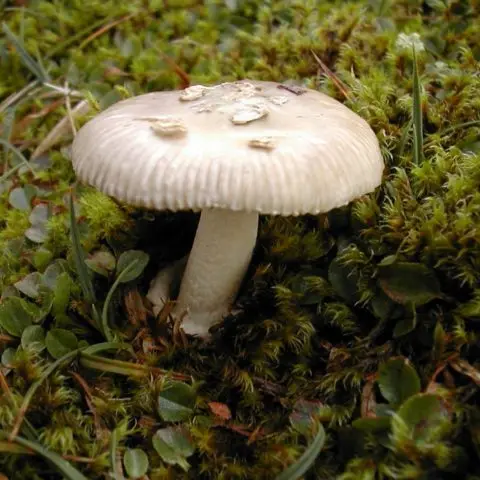
The cap surface of the white float is dry or slightly sticky. In hot weather it is bright white or ocher, in rainy weather it is dirty gray.
The plates are wide, light, like spore powder.
The pulp is white, fragile, does not change color when cut. Mushroom aroma, barely distinguishable. The taste is weak.
Description of the leg
The white float grows up to 20 cm, but most often the height is 6-10 cm. The leg has a cylindrical or club-shaped shape, with a thickening at the base. The color is white, the structure is fibrous, the surface is smooth or scaly-fluffy, diameter is 1-2 cm.
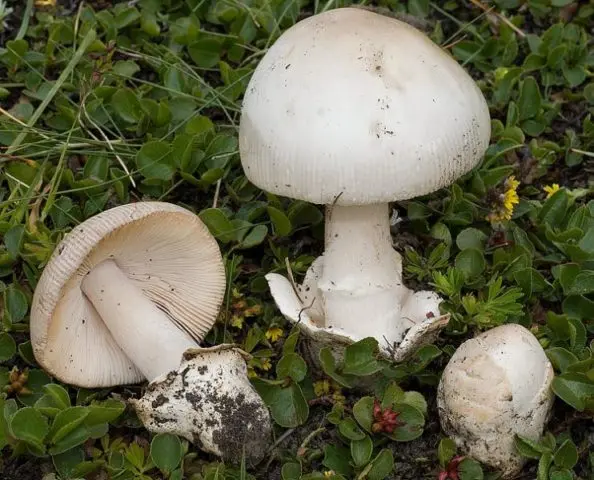
In young mushrooms, the stem is dense, then it becomes hollow, very fragile. The pedicle ring is absent at any age, and a large white vulva is visible at the base, sunk into the ground.
Where and how to grow
The float prefers solitude, is rare, does not grow in a permanent place, bears fruit every 2-3 years. It is more likely to find a mushroom in a birch grove, because it forms mycorrhiza with this tree. But it is found in coniferous and mixed forests, in grass or near shrubs. Prefers loamy fertile soils of Our Country, northern and western Europe, including the entire territory of Ukraine and Belarus. Finding it on the Karelian Peninsula is a great success, for 7 years only a few pieces have been discovered.
Fruiting occurs from mid-July to late September.
Is the mushroom edible or not?
There are disputes between mushroom pickers about the taste of white floats, but scientists have no doubts about the usefulness and edibility of pushers. This species contains useful trace elements and vitamins, among which group B predominates. They also contain betaine, which has a beneficial effect on metabolism.
The float in many countries is eaten fried and boiled.
Before use, they are thoroughly cleaned and washed from dirt, boiled for at least 30 minutes in salted water, the broth is drained and various dishes are cooked with white floats, including winter preparations (salted and marinated).
If the cooking rules are not followed, inflammatory symptoms occur in the stomach and small intestine, this is due to the presence of resin-like substances in mushrooms.
The presence of betaine in pushers has led to the fact that mushrooms are used in medicine to treat diseases of the liver, gallbladder and kidneys, as well as breast cancer, Alzheimer’s disease, and prostate adenoma.
Twins and their differences
There are not many poisonous twins in the white float, but each is deadly:
- White (spring) fly agaric according to the composition of poisons, it is equated to a white (not pale) grebe. Extremely dangerous. It grows only from late April to mid-June.

- Stinking toadstool (White toadstool) is the most dangerous twin of the white float. Most toxic, small doses lead to death. It grows in the same period when the tolokachik appears. Possesses an unpleasant smell.

Inedible twins can be recognized by several signs:
- there is a ring on the leg (the white float does not have it);
- no scars on the edges of the cap;
- the vulva at the base is not visible.
But even these differences do not guarantee that the float was found. In adult poisonous mushrooms, the ring may collapse and be absent, and it is difficult to determine the edibility of the species by the “embryo” that has not yet emerged from the vulva.
Some of the pushers are also similar to each other, however, all float twins can be eaten:
- At the snow-white float in the center of the cap there are gray-brown or ocher spots. Conditionally edible.

- Pusher gray may come in white. An albino is practically indistinguishable in appearance from a white float, but it is also rare. Conditionally edible.

The float is distinguished from other fellows by the vulva: in a gray float it is also grayish, in a saffron one it is yellowish, in a brown one it has reddish spots.
Conclusion
White floats are not recommended to be collected and eaten because these rare mushrooms can be easily confused with poisonous mushrooms that are dangerous to life and health. Only industrial cultivation of floats guarantees safety. If, nevertheless, the “float” was eaten and signs of poisoning appeared, you should immediately call an ambulance.











